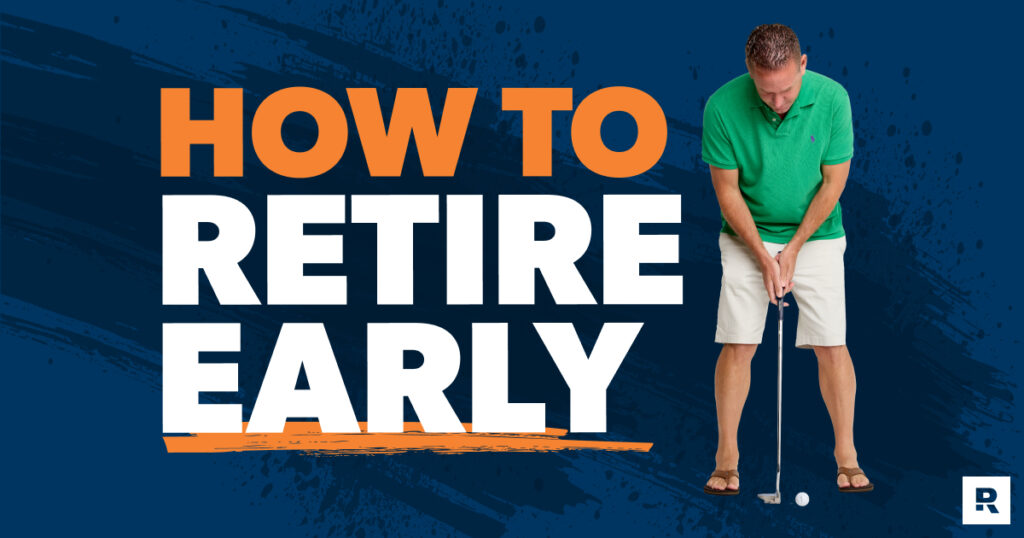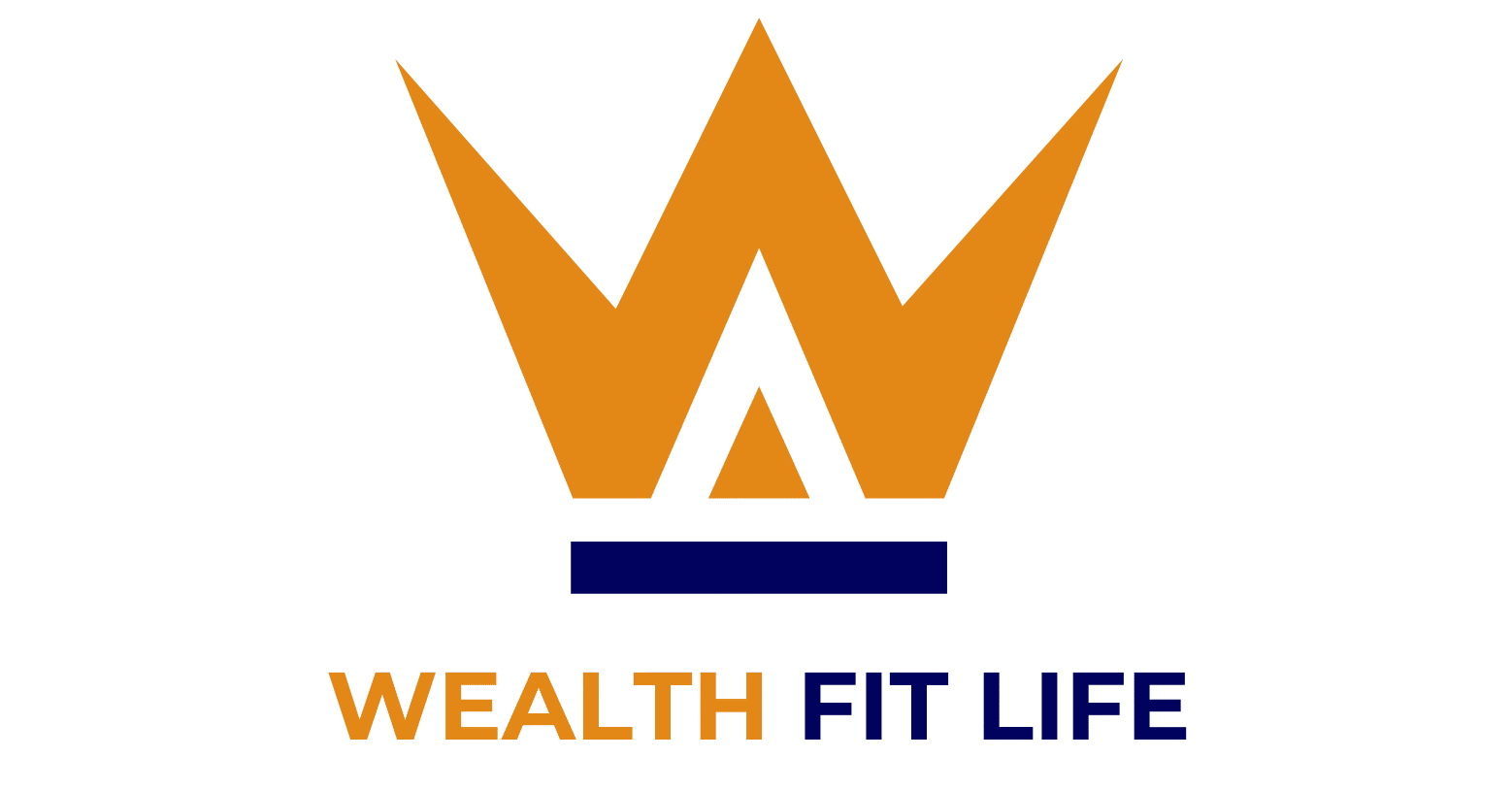Early retirement is a dream for many, but achieving financial independence requires careful planning and smart investing. By making strategic investment choices, managing risks, and optimizing savings, you can retire early and enjoy financial freedom. In this guide, we’ll explore the best investment strategies to help you retire ahead of schedule.

1. Define Your Retirement Goal
Before investing, determine how much money you’ll need to retire early. Consider factors like:
- Desired annual income post-retirement
- Inflation rate (typically 2-3% annually)
- Life expectancy and medical expenses
- Lifestyle expenses (travel, hobbies, etc.)
A popular benchmark is the 25x Rule, which suggests saving 25 times your annual expenses. For example, if you need $40,000 per year, aim for a $1 million portfolio.
2. Start Investing Early
Time is the most powerful tool in investing. The earlier you start, the more you benefit from compound interest. A disciplined savings and investment approach can accelerate your path to early retirement.
3. Diversify Your Investment Portfolio
A well-balanced portfolio reduces risk while maximizing returns. Consider these asset classes:
a) Stock Market Investments
- Index Funds & ETFs: Low-cost, diversified funds like S&P 500 ETFs provide stable, long-term growth.
- Dividend Stocks: Generate passive income through consistent dividend payouts.
b) Real Estate
- Rental Properties: Create passive income streams and benefit from property appreciation.
- REITs (Real Estate Investment Trusts): Invest in real estate without managing physical properties.
c) Bonds & Fixed Income
- Government and corporate bonds offer steady income with lower risk.
- Consider high-yield savings accounts and fixed deposits for liquidity.
d) Alternative Investments
- Cryptocurrency: High-risk, high-reward investments for tech-savvy investors.
- Gold & Silver: Safe-haven assets to hedge against inflation.
4. Maximize Tax-Advantaged Accounts
Utilizing tax-efficient accounts boosts your savings and reduces taxable income:
- 401(k) & IRA: Employer-sponsored retirement accounts with tax benefits.
- Roth IRA: Offers tax-free withdrawals in retirement.
- Health Savings Accounts (HSA): Helps cover medical expenses tax-free.
5. Reduce Expenses and Increase Savings Rate
The FIRE (Financial Independence, Retire Early) movement emphasizes a high savings rate (50% or more of income). To achieve this:
- Cut unnecessary expenses (e.g., dining out, luxury purchases).
- Opt for a frugal lifestyle and invest the savings.
- Use budgeting tools to track spending and identify savings opportunities.
6. Build Passive Income Streams
Multiple income streams provide financial security and accelerate retirement. Options include:
- Dividend income from stocks
- Rental income from real estate
- Affiliate marketing or online businesses
7. Minimize Debt and Liabilities
High-interest debt can delay early retirement. Prioritize paying off:
- Credit card debts
- Student loans
- High-interest personal loans
- Mortgage (if it’s a burden on your finances)
8. Plan for Healthcare and Insurance
Healthcare costs can be significant in early retirement. Consider:
- Health insurance plans (private or marketplace options)
- Long-term care insurance for future needs
- Emergency fund to cover unexpected medical costs
9. Rebalance Your Portfolio as You Near Retirement
As you get closer to early retirement, shift towards safer investments:
- Reduce exposure to high-risk stocks
- Increase holdings in bonds and stable assets
- Maintain liquidity to cover 3-5 years of living expenses
10. Have a Withdrawal Strategy
A structured withdrawal plan ensures your money lasts through retirement. Popular strategies include:
- 4% Rule: Withdraw 4% of your portfolio annually for sustainable income.
- Dividend & Rental Income: Live off passive income instead of selling assets.
- Bucket Strategy: Divide investments into short-term (cash), medium-term (bonds), and long-term (stocks) buckets.
Conclusion
Early retirement is achievable with smart investing, disciplined savings, and a well-planned financial strategy. By diversifying investments, minimizing debt, and maximizing passive income, you can reach financial independence sooner than expected. Start today and take control of your financial future!
Read More:https://wealthfitlife.com/best-sectors-to-invest-in-during-economic-uncertainty/
FAQs
1. How much money do I need to retire early?
It depends on your annual expenses. A common benchmark is 25 times your yearly expenses (e.g., if you need $50,000 per year, aim for $1.25 million).
2. What is the best investment for early retirement?
A mix of stocks (index funds, dividend stocks), real estate, and bonds provides balanced growth and income.
3. Is the 4% rule reliable for early retirement?
The 4% rule works for a 30-year retirement, but if retiring early, consider a lower withdrawal rate (3.5%) or additional income streams.
4. What is the FIRE movement?
The Financial Independence, Retire Early (FIRE) movement promotes high savings rates (50%+ of income) and strategic investing to retire young.
5. Should I invest in cryptocurrency for early retirement?
Crypto can be high-risk, high-reward. Only invest a small percentage of your portfolio if you understand the market.
6. How can I create passive income for retirement?
Dividend stocks, rental properties, REITs, online businesses, and side hustles can generate passive income.
7. How do I protect my investments from inflation?
Invest in stocks, real estate, gold, and Treasury Inflation-Protected Securities (TIPS) to hedge against inflation.
8. What happens if I run out of money in early retirement?
Have a backup plan: part-time work, side businesses, rental income, or adjusting withdrawal rates.
9. Is real estate a good investment for early retirement?
Yes, rental income provides passive cash flow, and property appreciation adds long-term wealth.
10. Can I retire early without investing in stocks?
It’s possible with real estate, businesses, high-interest savings, or alternative investments, but stocks offer higher long-term growth.
